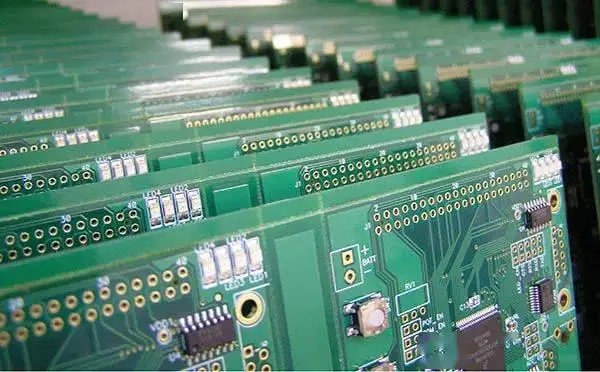What Are The RF PCB Routing Rules?
RF (Radio Frequency) PCB (Printed Circuit Board) routing rules specifically address the unique challenges and requirements of routing high-frequency signals on PCBs. These rules are critical for ensuring optimal signal integrity, minimizing interference, and maximizing the performance of RF circuits. Here are some key RF PCB routing rules:
Clearance Rules:
Maintain adequate spacing between high-frequency traces and other traces, components, or reference planes to avoid unwanted coupling and crosstalk. The specific spacing requirements depend on the frequency and other factors.
Routing Layers:
Choose the appropriate layers for routing RF signals. Typically, RF signals are routed on outer layers or in dedicated stripline or microstrip layers to minimize signal loss and interference.
Trace Width and Thickness:
The trace width and thickness are important factors affecting impedance, signal loss, and power handling capabilities. Optimize these parameters based on the frequency, current requirements, and impedance matching needs.
Impedance Matching:
Ensure that RF traces are impedance-matched to the source and load to minimize signal reflections and maximize power transfer. This may involve controlling trace width, thickness, and the distance to reference planes.
Short and Direct Routing:
Keep RF traces as short and direct as possible to minimize signal loss and interference. Avoid unnecessary bends and vias that can introduce impedance discontinuities and radiation.
Grounding and Shielding:
Provide adequate grounding for RF components and traces to reduce noise and interference. Use shielding techniques, such as grounded copper pour or vias, to isolate RF circuits from other components on the PCB.
Via Placement and Size:
Carefully consider the placement and size of vias in RF traces. Vias can introduce impedance discontinuities and radiation, so minimize their use or use specialized RF vias with controlled impedance.
Differential Pair Routing:
When routing differential pairs, maintain a consistent and controlled spacing between the two traces to ensure good differential impedance and minimize common-mode noise.
High Speed Routing Guidelines:
Apply high-speed routing guidelines, such as avoiding parallel and closely spaced traces that can cause crosstalk, and using ground planes to shield and control impedance.
Simulation and Validation:
Use simulation tools to analyze and optimize the RF PCB layout before manufacturing. Validate the design through testing to ensure that it meets performance requirements.
It's important to note that these rules are general guidelines and may need to be adapted based on specific design requirements, frequency bands, and component characteristics. The RF PCB designer should have a deep understanding of RF theory, signal integrity, and PCB design best practices to effectively apply these rules.
Tags: PCB /RF_PCB /Routing_Rules /
Prev: What are the Benefits of Using Ceramic Multilayer PCB?
Next: How To Solder SMT Components With Different Solder Paste Heights?








